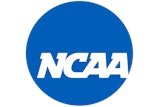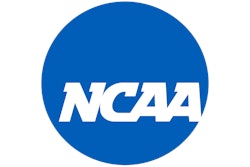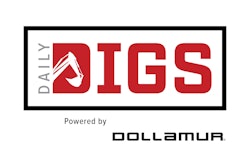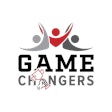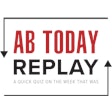A study on head injuries in Canadian junior ice hockey appears in the November issue of Neurosurgical Focus and is being hailed by medical experts as groundbreaking. According to the study's authors, new data regarding concussions and other head injuries raises questions about the safety and well-being of players.
This is the first study to document the incidence of concussion in junior hockey players based on the 2009 Zurich consensus statement on concussions from the 3rd International Conference on Concussion in Sport. The Hockey Concussion Education Project (HCEP) was conducted during the 2009-10 junior hockey regular season with 67 male ice-hockey players between the ages 16 and 21 from two teams. Prior to the start of the season, players underwent baseline assessments using the Sideline Concussion Assessment Test (SCAT2) and the Immediate Post-Concussion Assessment and Cognitive Test (ImPACT). All participating players were randomly divided into three concussion education intervention groups.
Concussion surveillance was done at each regular season game of the participating teams by one independent physician and up to three independent, non-physician observers. Among the key findings:
⢠Seventeen players suffered a total of 21 concussions during the 52 physician-observed games. By comparison, an average of 75 concussions - including one suffered by Boston Bruins forward Marc Savard last spring (pictured) - are reported each season in the National Hockey League over 82 regular-season games.
⢠Twenty-nine percent of those youth players (five of the 17) suffered a second or recurrent concussion during the study period.
⢠Eighty-eight percent of those 17 players with a diagnosed concussion admitted to having suffered at least one concussion in the past, and two of the seventeen admitted they had concealed a concussion sustained during the current season in order to keep playing.
⢠Forwards suffered 71 percent of the concussions, defensemen suffered 29 percent, and no concussions were incurred by goalies.
⢠Fifty-seven percent of diagnosed concussions occurred in the third period, 29 percent in the second period, and 14 percent in the first period.
⢠Twenty-four percent of the 21 concussions occurred in players who were directly involved in a fight immediately prior to their diagnosis.
⢠The mean clinical return-to-play duration among 15 players was 12.8 days.
⢠Players in the education intervention groups demonstrated a positive trend toward concussion knowledge retention compared to those in the control group.
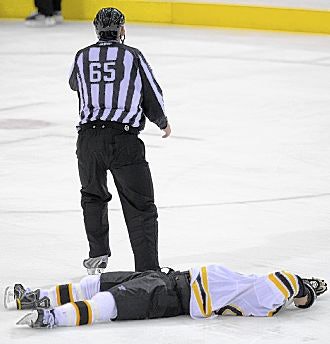 hockeyconcussion.jpg
hockeyconcussion.jpg
"This study showed a disturbing lack of compliance by the athletes to undergo requested neuropsychological evaluations and multiple physician visits, as well as a lack of understanding about the seriousness of concussion," says Charles Tator, a Toronto physician and co-author of the study. "Complaints from players, coaches, and parents about this testing gave further credence to the importance of raising awareness about the serious long-term implications of concussions through education, which does appear to be beneficial, according to our findings."
"It is imperative to bring about a cultural and philosophical change through stepped-up education efforts and enforcement of concussion protocols," adds Paul Sean Echlin, an Ontario physician and the study's lead author. "At risk is something far more precious than winning a game, and that is the future health and well-being of thousands of young athletes."
The study was published less than two weeks after a group of more than 250 doctors, researchers and officials called on hockey organizations - from youth groups on up to the NHL - to ban hits to the head.













